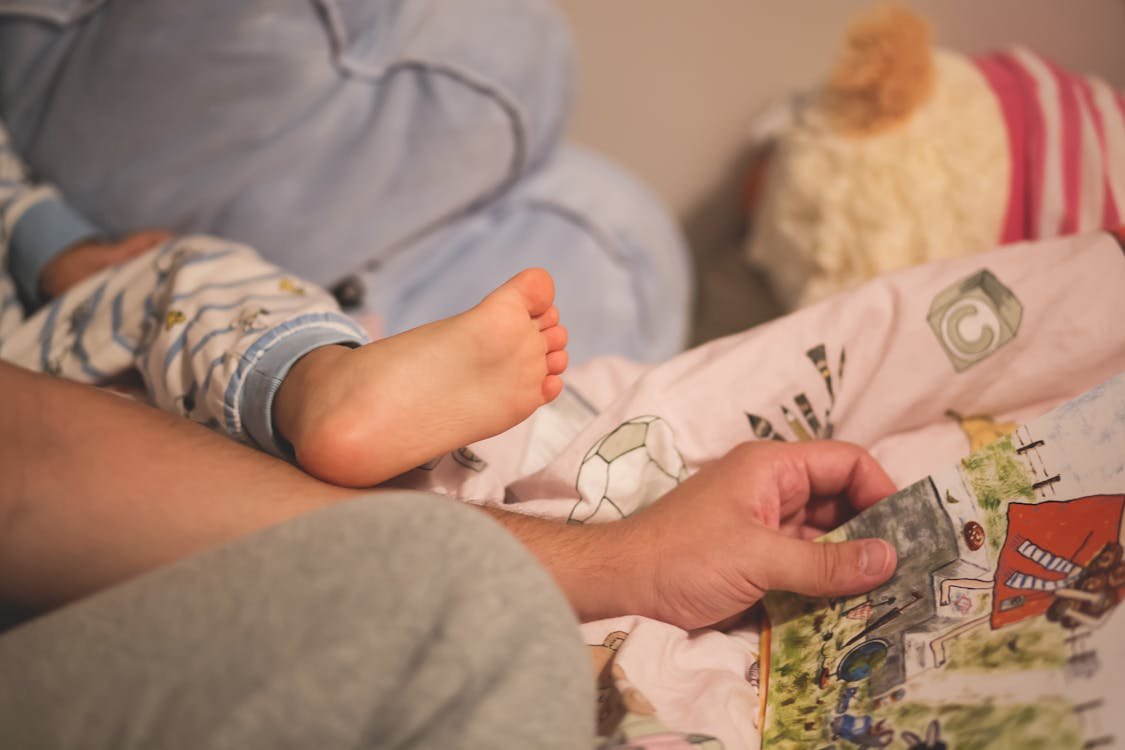You’ve rocked, you’ve shushed, you’ve walked laps around the house… and your baby is still wide awake. Sound familiar? Getting your baby to fall asleep can feel like an impossible task, but you’re not alone. Many parents struggle with this nightly challenge. Imagine more time for yourself in the evenings, a more restful night’s sleep, and a happier, more well-rested baby. It’s all possible with a few simple strategies. Here are 3 simple ways you can implement tonight to help your baby fall asleep faster and reclaim your evenings.
Tip 1: The Power of a Consistent Bedtime Routine to Help Baby Fall Asleep Faster
A predictable bedtime routine signals to your baby that it’s time to wind down and prepare for sleep.
Actionable Steps:
- Start at the Same Time Each Night: Consistency is key. Aim for a bedtime between 7 PM and 8 PM.
- Follow the Same Order: A typical routine might include a warm bath, a gentle massage with baby lotion, reading a short board book, and singing a lullaby.
- Keep it Calm and Quiet: Avoid stimulating activities like screen time or roughhousing.
- Example Routine: 6:30 PM – Warm bath, 7:00 PM – Gentle massage, 7:15 PM – Reading a board book, 7:30 PM – Bedtime.
- Potential Challenge: If your baby is fussy or resists the routine, try shortening it or offering a comfort item like a soft blanket or stuffed animal.
Tip 2: Create a Sleep-Conducive Environment
A dark, quiet, and cool room can significantly improve your baby’s sleep.
Actionable Steps:
- Darkness: Use blackout curtains to block out all light. Even a small amount of light can disrupt sleep.
- Quiet: Use a white noise machine or fan to mask distracting sounds. Choose a consistent, static-like sound, such as a fan, ocean waves, or static. Avoid sounds with loops or sudden changes in volume.
- Cool: Keep the room temperature between 16-20°C (60-68°F).
- Bonus Tip: Consider using a red nightlight, as red light is less disruptive to sleep than blue light.
Tip 3: Swaddling (for Newborns) or a Sleep Sack
Swaddling (for newborns) or using a sleep sack can help your baby feel secure and prevent them from startling awake.
Actionable Steps:
- Swaddling (Newborns): Learn how to swaddle your baby safely and effectively. Ensure the swaddle is snug but not too tight, and that your baby can move their hips freely.
- Sleep Sack (Older Babies): Choose a sleep sack that is appropriate for your baby’s age and size. Look for sleep sacks made from breathable materials like cotton or muslin.
- Important Note: Stop swaddling your baby once they start showing signs of rolling over.
Bonus Tip: Recognize Tired Signs
Putting your baby to bed when they’re tired but not overtired can make it easier for them to fall asleep.
- Common Tired Signs:
- Yawning
- Rubbing eyes
- Pulling ears
- Becoming fussy or irritable
- Staring blankly
- Action: Pay close attention to your baby’s behaviour and put them to bed as soon as you notice these signs.
Conclusion
Getting your baby to fall asleep faster is possible with a few simple changes. By implementing these strategies, you can create a more peaceful bedtime routine and help your little one drift off to sleep more easily.
Is your baby still struggling to sleep through the night? Read our comprehensive guide to the Ferber Method of Sleep Training for expert tips and techniques.

